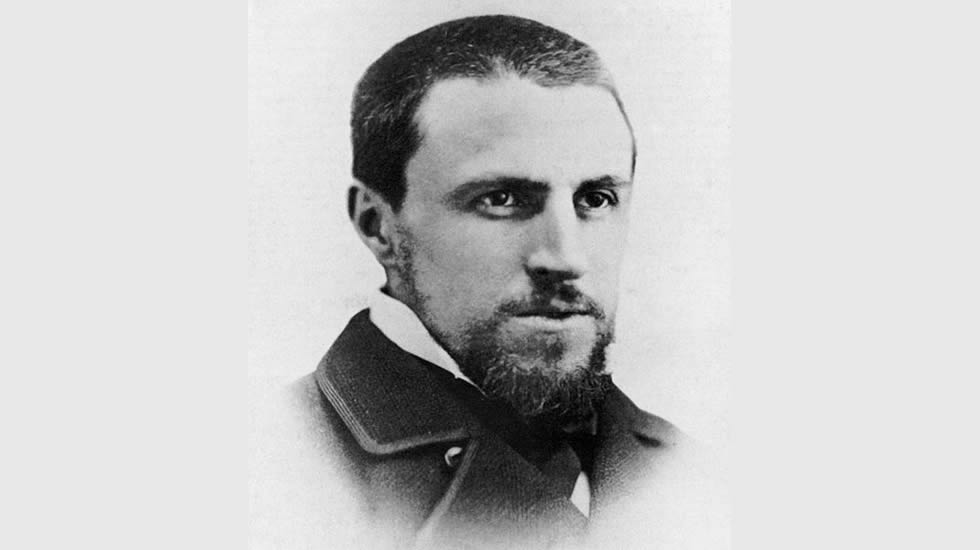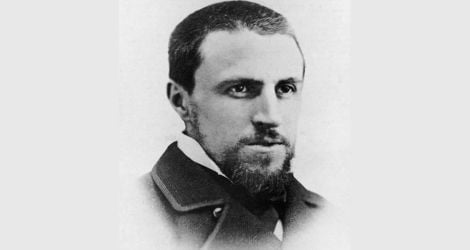Caillebotte oil painting reproductions hand-painted on canvas
Massively Talented Artist — Fantastically Accurate Replica
Oil paint on Cotton Canvas — Exclusive Customer Services

Massively Talented Artist — Fantastically Accurate Replica
Oil paint on Cotton Canvas — Exclusive Customer Services


Even in the 1950s, not many people knew who Gustave Caillebotte was, even though he did a lot of important work in Paris during the time of the Impressionists. Like many of his fellow avant-garde artists, he was interested in how industry and modernization changed Paris and the people who lived there. Even though he is called an Impressionist, most people think that his best paintings are more realistic, like the work of Millet, Courbet, Degas, or Monet from before him. In many of his paintings, he uses the loose brushwork and lighter colors that are typical of the Impressionist style. However, the paintings for which he is best known are large, precise "evocations of photographic naturalism," as one critic put it at the time, though the comment was meant to be insulting. In the end, the thing he had most in common with the other Impressionists was the subjects he chose to paint. He painted scenes from everyday life instead of the subjects that academic artists liked to paint.
Caillebotte, like some of the other Impressionist artists, especially Degas, was a big fan of collecting photos. Some of the most important stylistic elements of photography can be found in the work of both artists. First is the often drastic cropping of a part of a picture, drawing, or print, which mimics the way a camera lens cuts off the edges of a scene. There is evidence that he used photos taken by his brother Martial, who was a good photographer but didn't get much attention for his work, as references and possibly as direct guides for some of his compositions.
Caillebotte was inspired by Japanese art, especially printmaking, like many of his Impressionist and Post-Impressionist peers. Prints, especially those from Japan's Edo period, gave these artists ideas for themes because they usually showed scenes from everyday life. Their formal impact was even stronger, and you can see it in Caillebotte's work in the way the ground is often very slanted and there are a lot of high vantage points, which are both big parts of Japanese prints.
After he died, Caillebotte was better known as a big source of financial support and patronage for many of his fellow artists, including his close friends Renoir, Monet, Manet, and Pissarro.
He turned out to be an important donator to the French State. He gave numerous his own paintings and a collection of important Impressionist and Post-Impressionist works. In fact, the will said that the works should be shown at the Luxembourg Museum and then at the Louvre Museum. This was a bit of a problem at the time because his art was still not widely accepted by the artistic establishment.